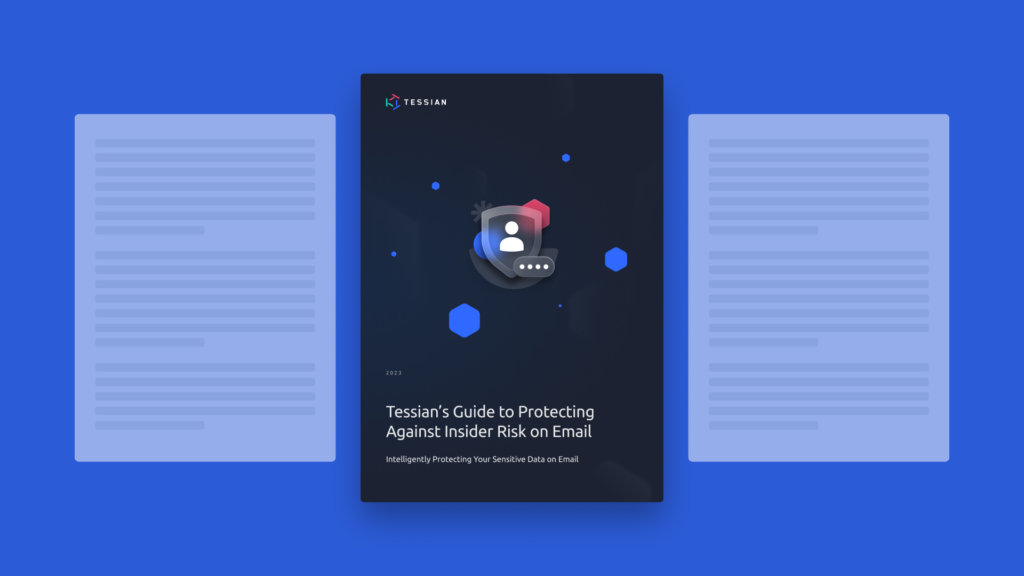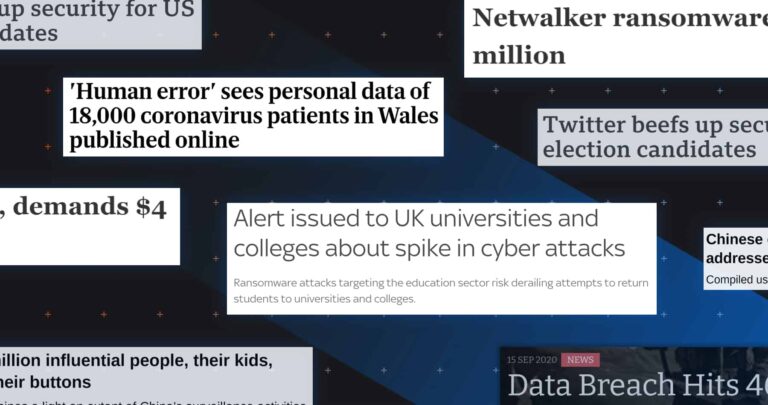Businesses have found themselves in a world where data is a form of currency. Their biggest successes rely on leveraging and exchanging vast volumes of data such as company IP, customer PII data, payment information, or confidential business intel. In nearly every case, this is sensitive data.
While businesses would not thrive without data, they would also not run without their people. People and data working in harmony, enabled by technology, and driven by processes are the key ingredients for what powers a business.
The increasingly interconnected nature of the global business network demands a universally accepted and standardized method of communication. Unsurprisingly, this is email by default, making it the most utilized channel for sending and receiving sensitive data, with nearly 350 billion emails sent daily.
But as Spiderman’s Aunt May said, with great power comes great responsibility. As much as data can serve as a competitive advantage, it can also be the cause of the downfall of a business. The average cost of a data breach in 2022 stands at $4.35 million according to IBM Security’s “The Cost of a Data Breach Report“.
Rules don’t work
Preventing breaches is paramount, but it’s only possible to truly secure the data by understanding the people. And it isn’t possible to understand people with static, stagnant rules and a one-size-fits, rigid approach because everyone is different. People work in many roles and functions, interacting with varying types of sensitive data in their own way. Subsequently, the rise of remote working and migration to the cloud has allowed people to work “in their own way” more than ever before.
Everyone has a unique behavior on email, from the way different individuals address their recipients to the distinct set of initiatives they are working on and the typical associated stakeholders and data of each of those.
So it follows that today, one of the biggest challenges of protecting data on email is insider risk, whereby an employee accidentally, negligently, or maliciously leaks sensitive data.
Why we’ve published this guide
With current DLP solutions, you would have to configure endless rules to account for the countless different email behaviors unique to each employee to address the majority of data loss events arising from insider risks such as misdirected emails, miss-attached files, and data exfiltration.
The issue of insider risk and data loss on email requires a tailored approach to every employee’s unique, risky behaviors on email, driven by a deep understanding of their normal behavior to identify anomalies, mistakes, and malicious actions effectively.
Insider risk can cause real harm to your business. What’s more, many security leaders are unaware how many incidents actually happen, as many are unreported. Tessian has created a guide for addressing the problem of insider risk on email, covering what you need to know about today’s threats and what it takes to solve the problem. Download our guide to find out how.












